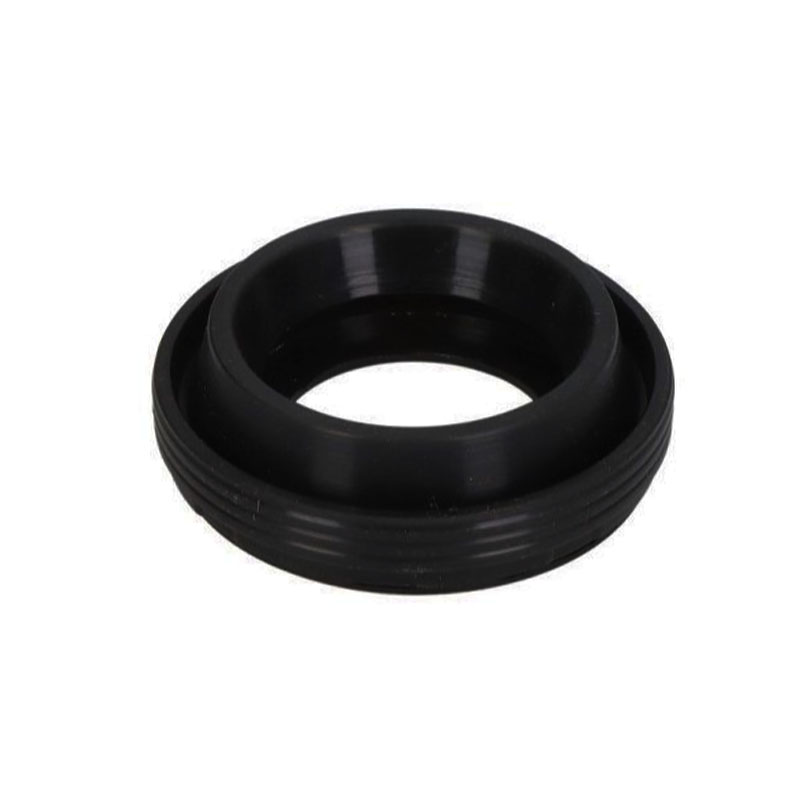Understanding the Function and Importance of Inner Oil Seals in Machinery
Understanding the Importance of the Inner Oil Seal in Mechanical Systems
The inner oil seal is a crucial component in various mechanical systems, playing a significant role in preventing leaks, managing lubrication, and ensuring the longevity of machinery. Found in many applications, including automotive, industrial, and marine sectors, the inner oil seal serves a fundamental purpose that contributes to the efficiency and reliability of machines.
At its core, the inner oil seal is designed to contain lubricating oil within a specific area of machinery, preventing it from leaking out. This is particularly important in automotive engines, where oil is essential for the lubrication of moving parts. Without an effective seal, oil can escape, leading to insufficient lubrication, overheating, and ultimately, catastrophic engine failure. Thus, the inner oil seal acts as a barrier that maintains the necessary levels of lubrication, allowing the engine to operate smoothly.
The design of inner oil seals can vary significantly depending on their application
. They are typically made from materials such as rubber or elastomers, which provide flexibility and resilience against a range of temperatures and pressures. The design must also account for factors like shaft speed and the type of lubricant being used. For instance, in high-speed applications, special lip designs might be employed to minimize friction and wear while maintaining a tight seal.inner oil seal

One widely recognized example of an inner oil seal is the lip seal, which consists of a flexible lip that makes contact with the rotating shaft. This design not only prevents oil leakage but also keeps contaminants out, which is essential for maintaining the integrity of the lubrication system. The effectiveness of the seal can be influenced by several factors, including the condition of the shaft and the installation process. Ensuring a proper fit and alignment during installation can drastically reduce the risk of failure.
Maintenance of the inner oil seal is also crucial for the longevity of machinery. Regular inspections can help identify signs of wear or damage, such as cracks, hardening, or deformation. If a seal is found to be compromised, it should be replaced promptly to avoid further issues. In many cases, replacing an inner oil seal is a straightforward process that can be performed during routine maintenance, thus saving both time and money in the long run.
Moreover, the inner oil seal contributes to the overall efficiency of the machinery. When oil is contained and functions as intended, mechanical components operate with reduced friction, leading to lower energy consumption. This not only results in cost savings but also minimizes the environmental impact by reducing the likelihood of oil spills and leaks.
In conclusion, the inner oil seal is a small yet vital component of many mechanical systems. Its ability to prevent oil leaks, support lubrication, and protect machinery from contaminants directly impacts the performance and longevity of equipment. Understanding its function and importance is essential for anyone involved in maintenance, operation, or design within industries that rely heavily on machinery. By prioritizing the health of inner oil seals and ensuring their proper installation and upkeep, we can maintain efficient operations and extend the lifespan of mechanical systems.
-
Understanding the Importance of the Crankshaft Oil Seal in Engine Performance
News Jun.16,2025
-
The Unsung Heroes of Engine Protection: Understanding Automotive Shaft Seals and Oil Seals
News Jun.16,2025
-
Keeping the Engine Tight: The Role of Crankshaft Seals and Gaskets in Oil Control
News Jun.16,2025
-
Complete Protection in Harsh Conditions: A Deep Dive into Cassette Seals
News Jun.16,2025
-
Choosing the Right Oil Seal: A Guide to Trusted Brands and Suppliers
News Jun.16,2025
-
Advanced Sealing Technologies: Exploring the Range of Modern Oil Seals
News Jun.16,2025
-
Your Essential Guide to Car Repair Kits: From Rust to Dings
News Jun.13,2025
Products categories















